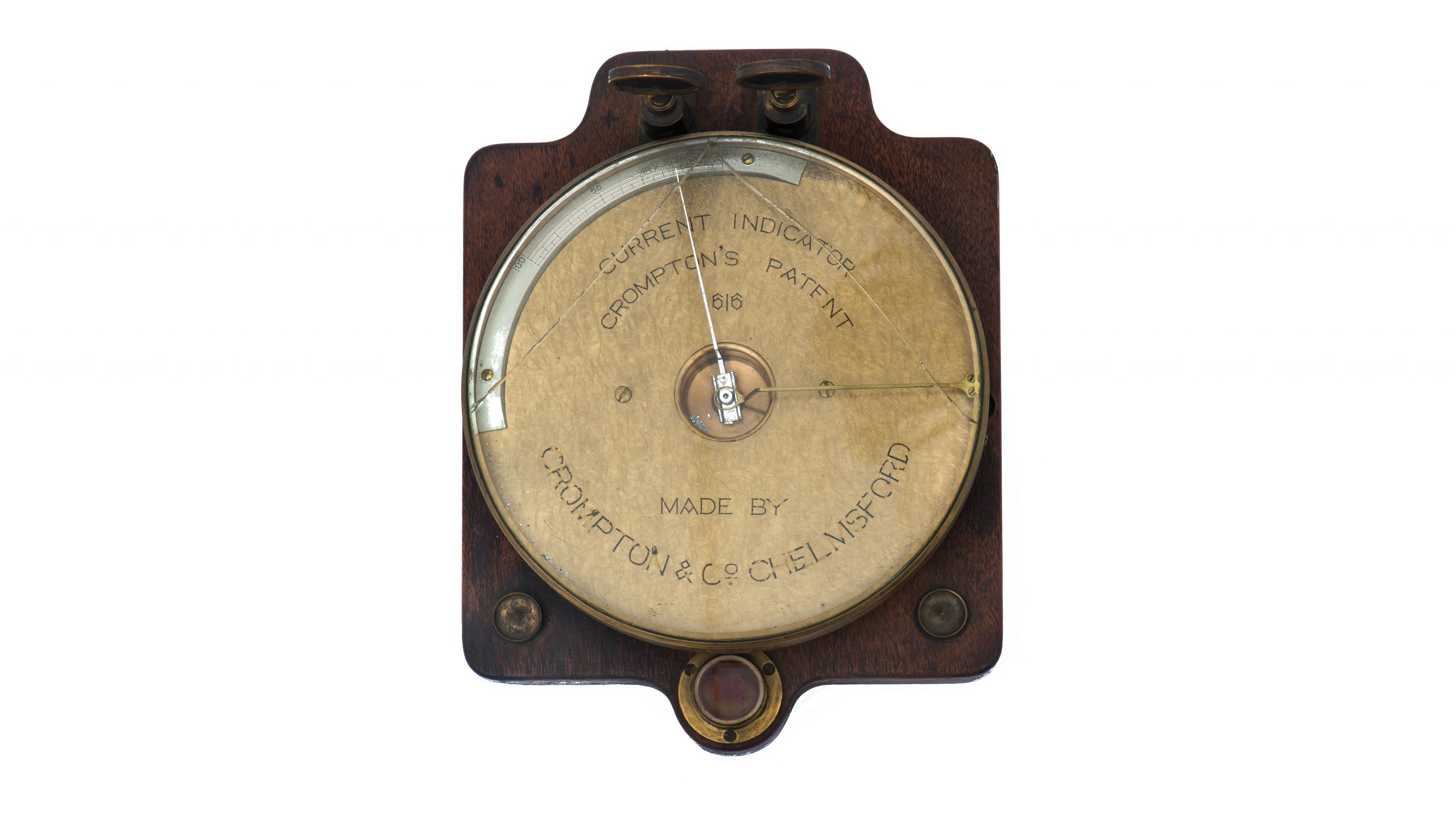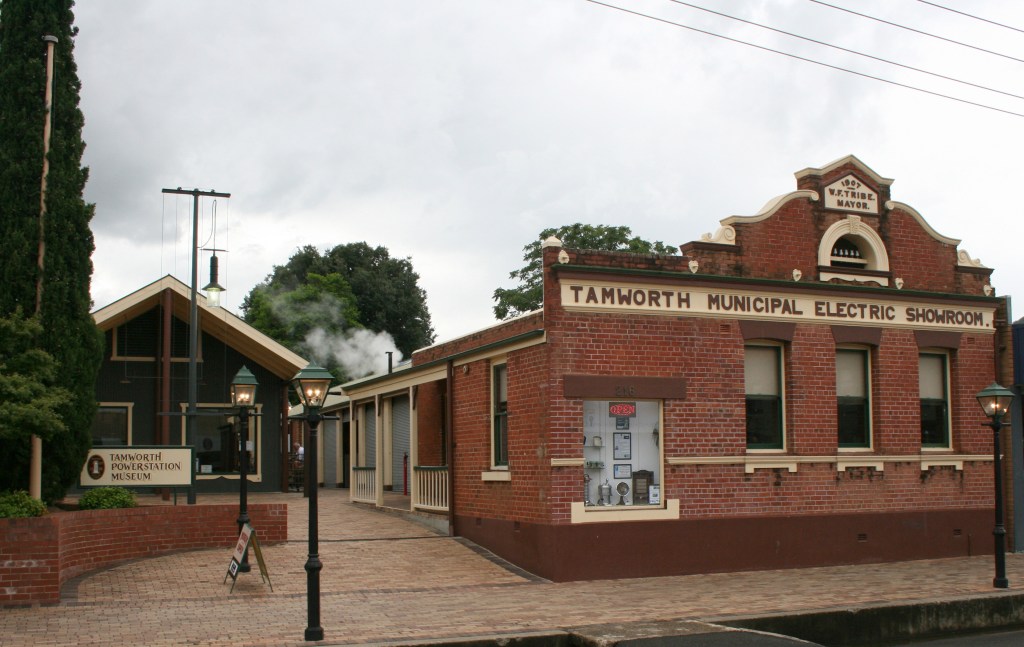Darkness at Will
Crompton's Drive to Measure Electric Current
When lecturing on the advancements made in electric light technology to 1882, Rookes Crompton (1845-1940), the inventor and maker of the current indicator shown here, told his electrical engineering colleagues that with ‘more light’ darkness could be determined at will, rather than controlled by the cycle of night and day.
From early childhood Crompton was obsessed with machines, and in 1851 he had to be pulled away from the machinery hall at the Great Exhibition held in London. His military service in Crimea, South Africa and India led him to believe that light was a critical tool in warfare and trade. The darkness, according to Crompton, was a friend to ‘night surprises’ or ‘secret expeditions’, and restricted the hours available to load and unload goods ships.
Global interest in improving electric light technology throughout the nineteenth century was a boon not a threat to Crompton. He went on to see that electric light would be equally useful at railway stations or dockyards, as well as within the home. And with this picture in his mind, Crompton was driven to improve so many aspects of electric technology to encourage its wide use throughout the western world.
This type of current indicator was one of numerous instruments Crompton patented in the late nineteenth century, developed to improve the accuracy of measuring and stabilising the supply of electricity to power devices such as lamps (or lights). And this very indicator was part of the plant installed at Tamworth in 1888, by Crompton and Co., to power the town’s first electric street lamps. The Tamworth plant was world leading, and the current indicator is not only a relict of that technology but also a globally-rare relict of Crompton’s brilliant ideas and inventions.




